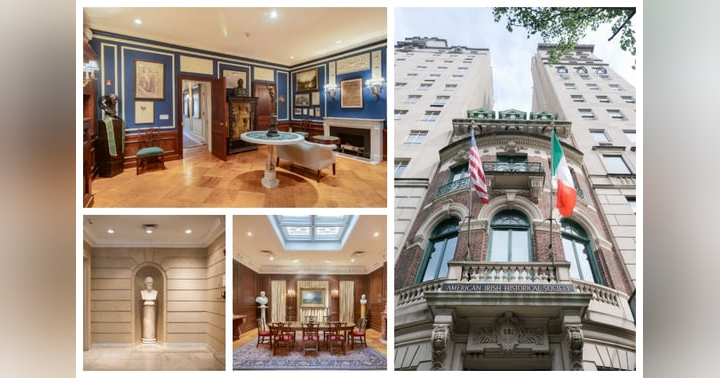James Gandon - Architect (1743 - 1823)

Few people leave such a permanent mark on a city as James Gandon (1743 - 1823) did in Dublin. He was born in London on this day, February 20, 1743.
Have you listened to our podcast? Get the latest on our Episode Page.
He trained as an architect in an era where neo-classical Palladian architecture dramatically changed urban landscapes. In 1769 he entered the design competition for Dublin’s Royal Exchange, now City Hall. He finished second to winner Thomas Cooley, but his design received favorable reviews and gained notice from the city leaders who were remaking the city under the Wide Streets Commission.
Thomas Malton View of Thomas Cooley's Royal Dublin Exchange - Now Dublin City Hall
Likely, Gandon was selected as architect for Dublin’s The Customs House in 1780 on the back of his Royal Dublin Exchange submission. The construction of this building was controversial as it moved the city's axis down the River Liffey, closer to the sea. Before the construction of this building, Capel Street and Essex Bridge (now Grattan Bridge) led to the Royal Exchange and Dublin Castle and constituted the city’s main thoroughfare. The new Customs House building paved the way for what we now know as O’Connell Street and Bridge.
The Custom's House (1781 -1791)
Undoubtedly, this shift of the city axis upset those who held property and did business closer to Capel Street and conversely benefited those who were developing the more expansive Sackville Stret (now O’Connell Street) area. Gandon would go on to design Carlisle Bridge (now O'Connell Bridge) and with its completion in 1794 the center of Dublin moved closer to the sea. The city had been remade and reoriented from a narrow winding medieval capital clustered around Dublin Castle to a Georgian city of expansive streetscapes and squares.
Carlisle Bridge (Modern Day O'Connell Bridge) in 1870 Before it was Widened and It's Hump Was Removed
In many respects, Gandon is probably based know for the Four Courts which is Dublin and Ireland's center for the legal profession. Gandon inherited that project from Thomas Cooley who had died in 1784. With Cooley's death, Gandon would become the most influential voice in Irish architecture for the next 20 years at what was to be the peak of Dublin's Georgian expansion.
Dublin's Four Courts (1786 - 1802)
James Gandon died on Christmas Eve in 1823. He is buried in the same grave as his good friend, antiquarian Francis Grose, in the Drumcondra Church graveyard. More than 200 years after his death, Gandon's legacy lives on in some of Dublin's most noteworthy and beautiful buildings.
You can find a more complete account of Gandon's life by visiting the Dictionary Of Irish Biography





















